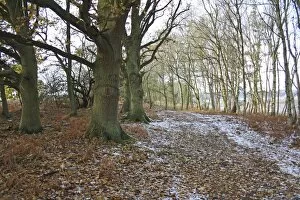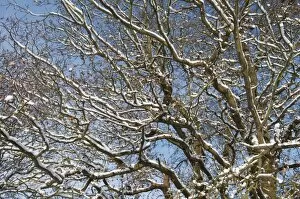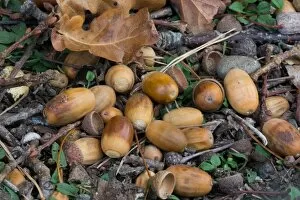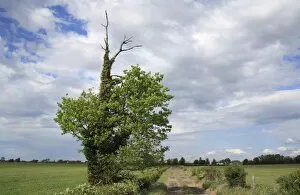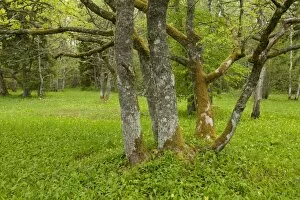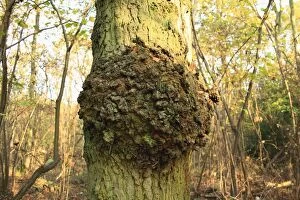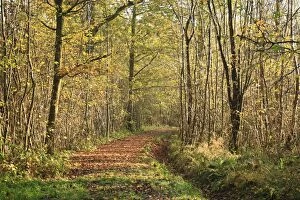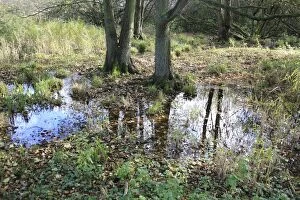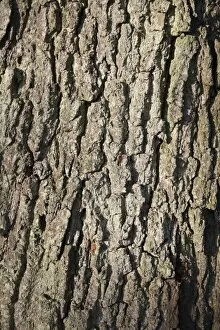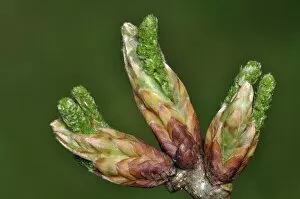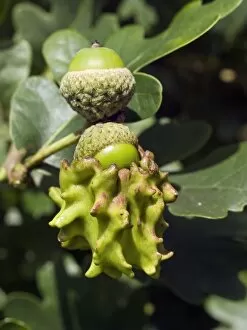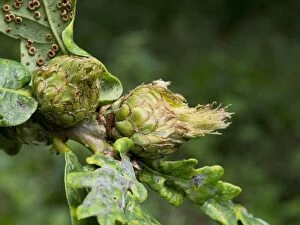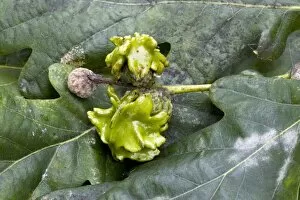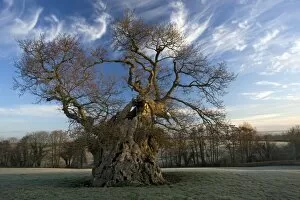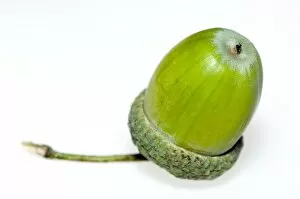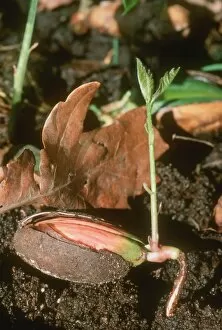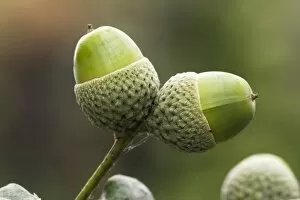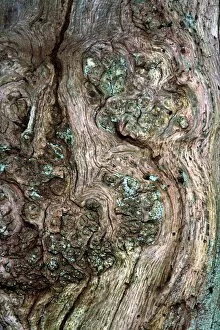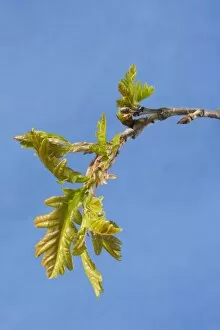English Oak Collection (#3)
The English oak (Quercus robur) is a symbol of strength and endurance, deeply rooted in the history and landscapes of England
For sale as Licensed Images
Choose your image, Select your licence and Download the media
The English oak (Quercus robur) is a symbol of strength and endurance, deeply rooted in the history and landscapes of England. Its acorns, scattered across forest floors, hold the promise of new life and growth. Standing tall amidst ancient woodlands, the majestic English oak tree commands respect with its gnarled branches reaching towards the sky. Intriguingly intricate, the English oak leaf pores under scanning electron microscopy reveal a fascinating world within. Each pore tells a story of resilience and adaptation to changing environments. From Hampstead Heath in England to Gorecko Koscielne in Poland, these magnificent trees have found their home across borders. Helmingham in Suffolk showcases an enchanting black-and-white photo capturing the timeless beauty of British trees, with an emphasis on the regal English oak. La Fontaine's fables remind us of nature's lessons as we ponder upon "The Acorn and The Gourd" or "The Oak and The Reed. " These tales speak volumes about humility, strength, and embracing our unique qualities. Photographers like Eye_Ubiquitous_20104975 capture breathtaking moments when an oak tree at sunrise illuminates Ashdown Forest in Sussex. It serves as a reminder that even amidst darkness, there is always hope for a brighter tomorrow, and are not just mere trees; they embody history, culture, and natural wonders that transcend boundaries. They stand tall as guardians of our past while offering shade for future generations to come. Let us cherish these noble giants that grace our landscapes with their presence – symbols of endurance that connect us to nature's grandeur.

